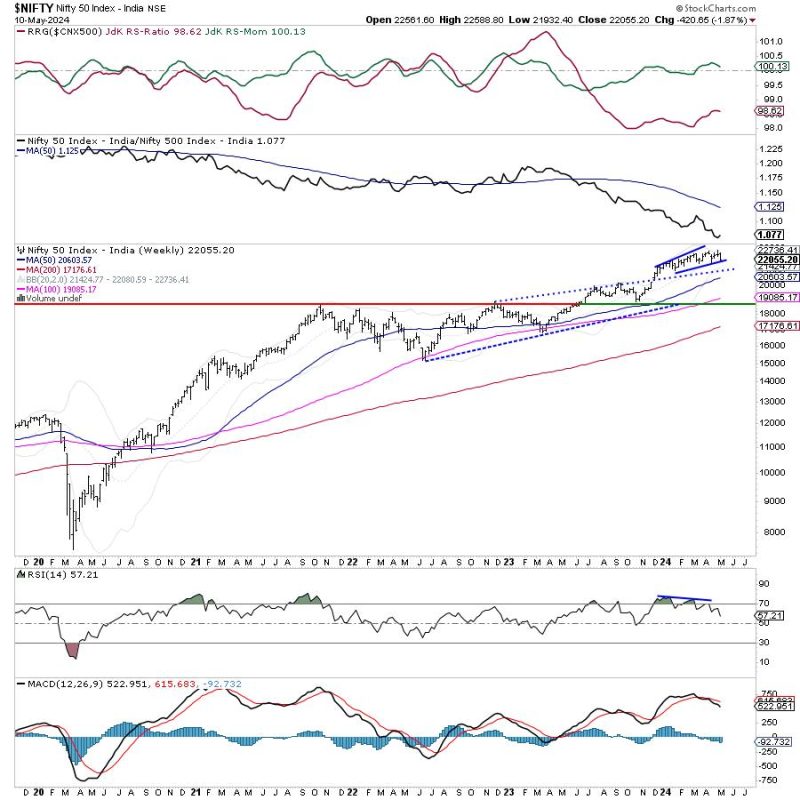Looking ahead to the markets this week, there is a sense of tentativeness that seems to be lingering. Investors are closely watching various indicators for signs of the market’s direction in the short term. Amid this uncertainty, one sector that is catching attention is the defensive sector, which may potentially start showing relative outperformance compared to other sectors.
Defensive sectors are those that tend to remain stable and perform relatively better during periods of economic uncertainty or market turbulence. These sectors are often characterized by companies that provide essential goods and services that consumers continue to need regardless of the economic climate. Examples of defensive sectors include healthcare, utilities, and consumer staples.
One of the key reasons why the defensive sector might start showing relative outperformance is the current economic environment. With concerns over inflation, rising interest rates, and global trade tensions, investors are becoming more risk-averse and looking for stable investments. Defensive stocks with their steady cash flows, consistent dividends, and stable earnings are seen as a safe haven in times of market volatility.
Another factor driving the potential outperformance of defensive sectors is the changing investor sentiment. As the market becomes more uncertain, investors are shifting their focus towards quality stocks that offer stability and reliability. This shift in sentiment is likely to benefit defensive stocks that have a proven track record of weathering economic downturns and delivering returns even in challenging times.
Moreover, the performance of defensive sectors is also influenced by macroeconomic factors such as interest rates and inflation. In an environment where interest rates are rising, defensive sectors with their predictable cash flows and dividend payouts become more attractive compared to growth stocks that are sensitive to changes in interest rates.
Additionally, the defensive sector may also receive a boost from strong earnings reports and positive guidance from companies within these sectors. If companies in the defensive sector continue to report solid earnings growth and demonstrate resilience in the face of economic headwinds, it could attract more investors seeking safety and stability in their portfolios.
In conclusion, while the markets remain tentative in the short term, the defensive sector appears poised to potentially show relative outperformance. Investors are turning to defensive stocks for their stability, reliable dividends, and resilience in uncertain times. As economic conditions and investor sentiment continue to evolve, the defensive sector could emerge as a preferred choice for investors looking to navigate the current market environment with caution and strategy.
